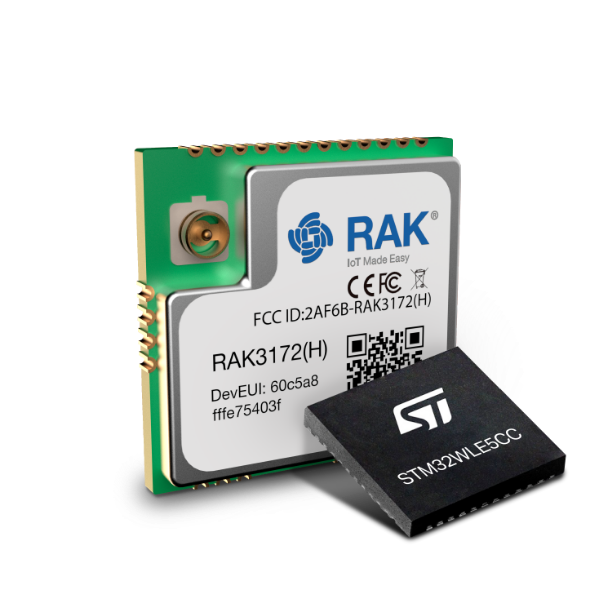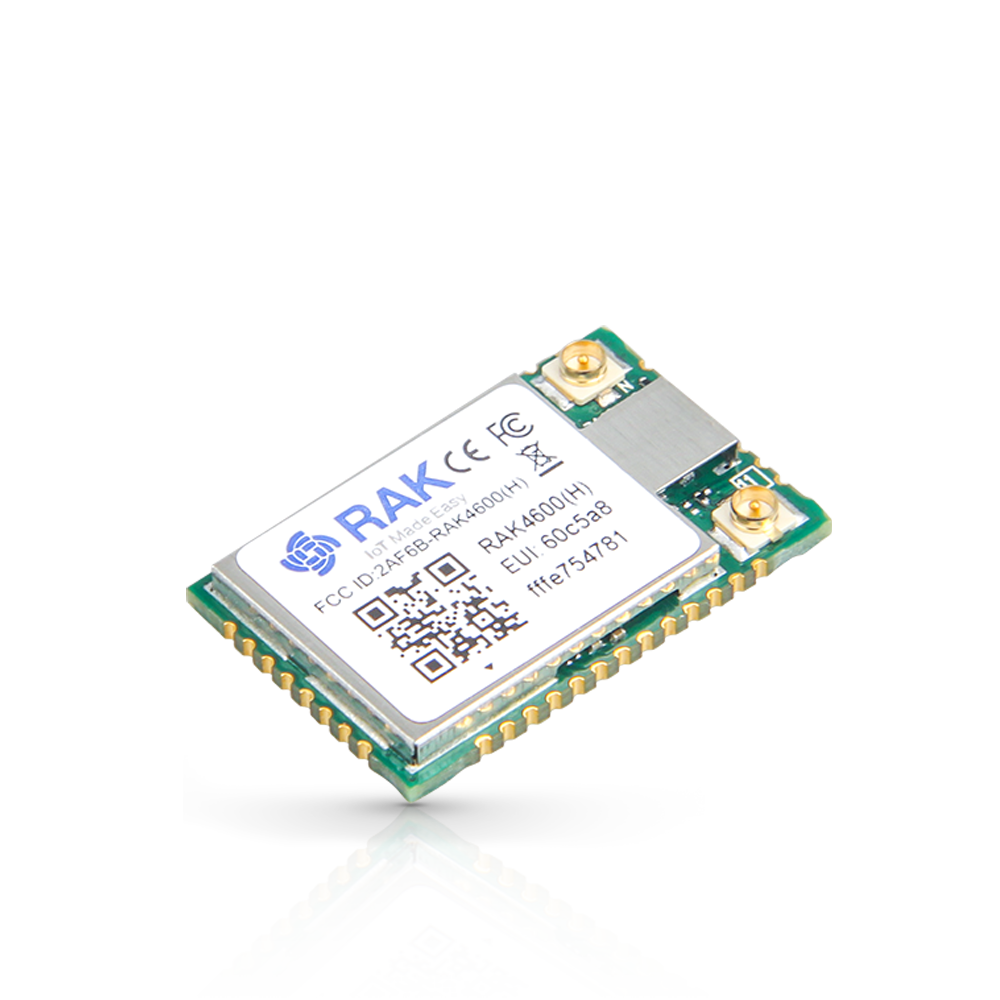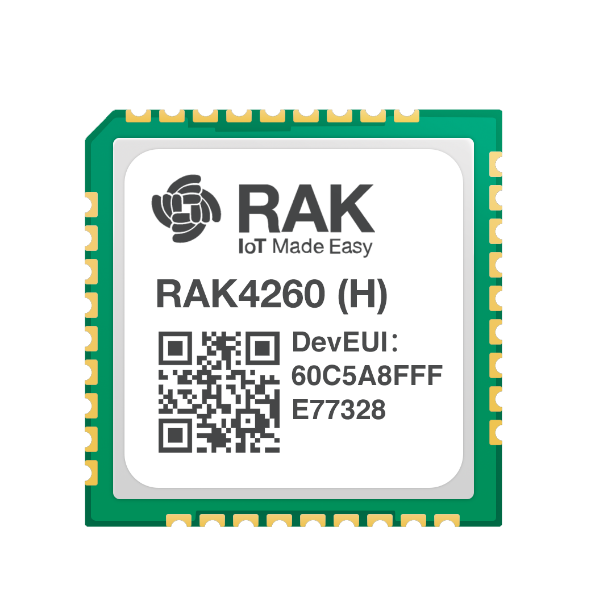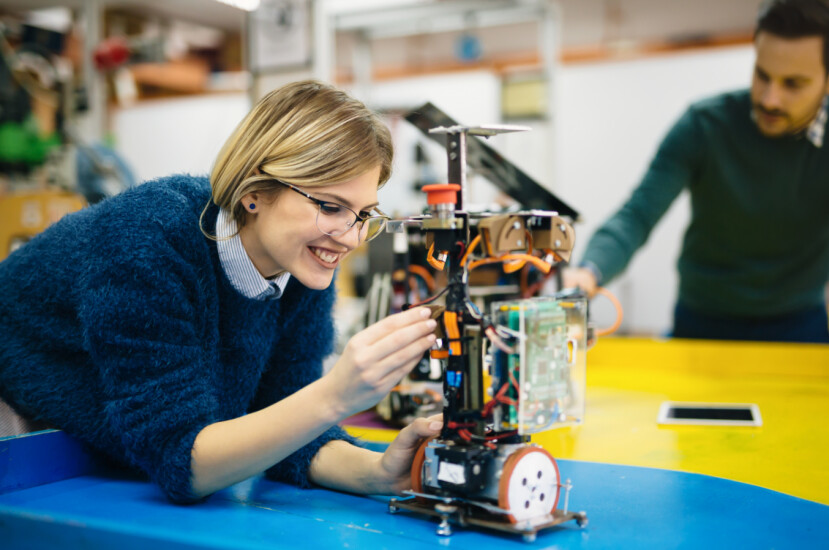What is LoRa Technology?
LoRa is a wireless technology, such as Wi-Fi, LTE, NB-IoT, among others.
Its potential is infinite, and it was created for its application in IoT; among many of its advantages is the broad coverage range it has and the low energy consumption that it provides. It is the perfect option for solutions that require low data bandwidth and long-lasting autonomous operation.
LoRa Alliance®
The LoRa Alliance manages LoRa technology; they have allowed through the alliance, control, certification, and standardization of hardware created for LoRa’s rapid growth of the use of the technology. They also have a lot of documentation regarding the vertical markets for applying the technology and the network coverage map globally.
LoRa uses a type of radiofrequency modulation patented by Semtech, called Chirp Spread Spectrum (CSS); it is perfect for vast and long-distance connections. Ideal for IoT networks, sensor networks that do not have access to the electrical network and provide precious information.
What is LoRaWAN?
There is a network protocol that uses the LoRa technology explained above, and it is LoRaWAN; this protocol is on top of the LoRa modulation, and in its layer, it applies the Media Access Control (MAC), it is the software layer that defines how the devices connected use LoRa. This means the message formats or the exchange of messages between the participants of the network.
What are the possible applications and use cases for LoRaWAN?
LoRaWAN is the de facto technology for a broad set of IoT applications and has a wide variety of vertical markets. Below are just some of the popular ones:
- Logistics, management of transport fleets
- Smart cities, parking sensors, waste management, smart lighting
- Monitor the environment, floods, and alerts
- The food industry, temperature monitoring for quality assurance
- The agriculture industry, optimization of water use, prevention of damage to crops
- Many more...
Advantages of using LoRaWAN protocol
The LoRaWAN protocol together with LoRa devices enables businesses and organizations around the world be efficient, improving the lives of many with practical applications mentioned above. LoRaWAN has its own advantages compared to different wireless standards available for IoT. Here are some of the advantages of using the LoRaWAN protocol:
- It is optimized to operate in low power consumption and uses batteries for years
- High capacity to handle millions of messages from thousands of gateways
- End-to-end security, using AES-128 encryption
- Remote firmware update of connected devices
- License-free spectrum, no need to pay for network use
- Deep penetration indoors, has good coverage indoors and in multi-story buildings
- Long-range, a distance of 10+ kilometers in rural areas and up to 2 kilometers in urban areas
- The data rates range of LoRaWAN starts from 0.3 kbps to 50 kbps
LoRaWAN operates in the ISM [Industrial, Scientific, and Medical] RF bands, which have different frequencies depending on the geographic location (reference table below):
| Channel Plan | Common Name |
|---|---|
| AS923 | AS923 |
| AU915-928 | CN470 |
| CN470-510 | AS923 |
| CN779-787 | CN779 |
| EU433 | EU433 |
| EU863-870 | EU868 |
| IN865-867 | IN865 |
| KR920-923 | KR920 |
| RU864-870 | RU864 |
| US902-928 | US915 |
If you need to search by country, use this link.
You may wonder about the characters of the network. To achieve the exchange of information and the deployment of the network that you need for your application, you will have the following:
- Gateways: These are the base stations of the network that allow bidirectional communication between end-user nodes. They forward data to the LoRaWAN servers for processing.
- Nodes: These devices have one or more sensors that acquire information and send it to the Gateways via their embedded LoRaWAN® communication capability.
- LoRaWAN® Network Server: Receives the information forwarded by the gateways and takes it to the respective application and vice versa. It also takes care of the authentication of devices on the network.
- Application Server: It is the software integrated that runs and executes decisions, data visualizations, events, and more with the information collected.
There are three classes of end-devices that depend on the needs of the solution implementation.
- Class A: This is the default class, and must be supported by all the end-devices which manage LoRaWAN® technology, has the lowest power consumption, is asynchronous, and is bi-directional communication.
- Class B: Plus class A, this class is synchronized with the network using periodic beacons and ping slots at scheduled times.
- Class C: Plus class A, this class reduces the latency keeping the receiver of each end-device open at all times, half-duplex communication. This compromises power consumption.
You can expand your knowledge with information on the devices we have for sale for your multiple applications in our store: store.rakwireless.com
What is the best way to implement LoRaWAN in your IoT projects?
RAK at the cutting edge of technology
RAK helps partners and businesses around the world achieve their IoT goals through rapid development and cost-effective solutions. Find an array of anecdotes exhibiting the successful deployment of solutions powered by RAK!
Learn more >A revolutionary concept for Agile Hardware Development
As a leading IoT solutions provider, RAK envisioned a new modular system that provides a modern, efficient, and cost-effective way to develop and produce IoT products faster and smarter. This is the beginning of WisBlock.
Learn more >RAK gateways based on LoRaWAN technology
RAK modules based on LoRaWAN technology
RAKstar Success Stories
RAK helps partners and businesses around the world achieve their IoT goals through rapid development and cost-effective solutions. Find an array of anecdotes exhibiting the successful deployment of solutions powered by RAK!
Go to RAKstar Success Stories >





